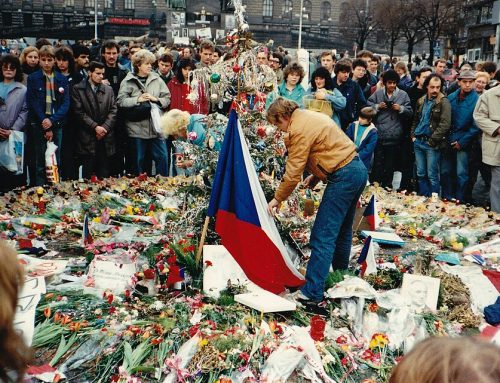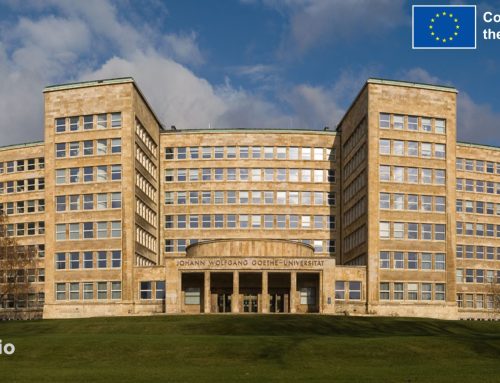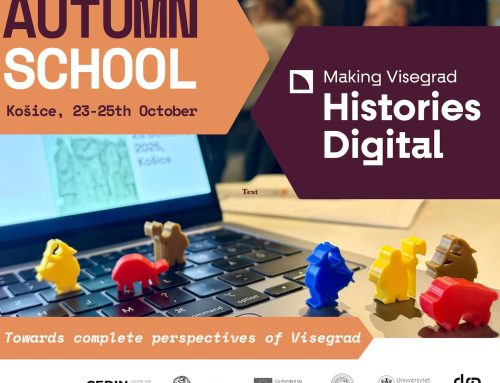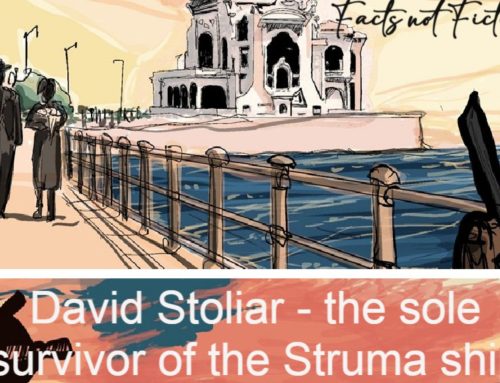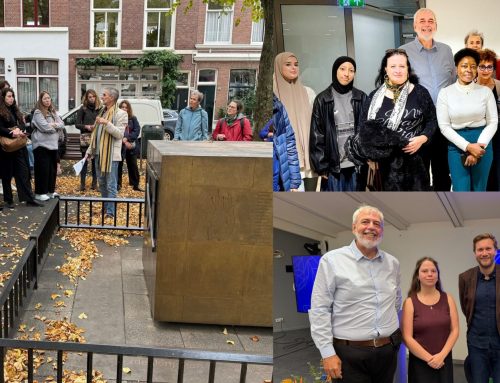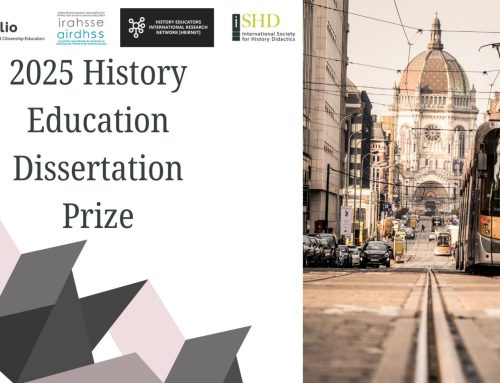On 3 and 4 April, the third transnational meeting of the “e-Story: Media and History” project took place in Logroño, Spain. Partners from Instituto Parri (Italy), Universidad Internacional de La Rioja (Spain), Instytut Filozofii i Socjologii Polskiej Akademii Nauk (Poland), Pedagoski Institut (Slovenia), Kosztolanyi Dezso Kavehaz Kulturalis Alapitvany (Hungary), and EuroClio (the Netherlands) were present during this meeting. The meeting was hosted by Universidad Internacional de La Rioja (UNIR), which provided a spacious and modern location. Alongside the transnational project meeting, a five-day teacher training with teachers from all over Europe was held on this university.
On Monday, 3 April, the day started with a joint inauguration session, where both the teachers, who came for the training, and the project managers were present. Afterwards, the project managers received a tour from Francisco Segado from UNIR through the modern building. Subsequently, the project meeting started with Luisa Cigognetti (Instituto Parri) explaining where the partners stand, as they are halfway through the project, and all partners sharing their experiences. The results of the first round of the Observatory were discussed, and all partners agreed on how they would proceed their research for the second round. The digital learning environment, or e-Workshop, was also examined.
4 April started with a presentation by Steven Stegers and Suzanne Tromp, discussing their views on the resources section of the e-Story website. With all partners, they did an active work exercise in which everyone prioritised the source types, such as cartoons, propaganda films and photographs, that they thought would be most relevant for students to acquire media literacy competences. After a lively discussion about these source types, it was decided that the partners will work on teaching strategies that can help teachers use and work with the mostly prioritised source types.
Subsequently, Pierre Sorlin from Instituto Parri provided an interesting presentation on how different visual sources can be used, and on the importance of students to learn where these sources originate from. Finally, all partners discussed which future steps will be taken, and they look forward to the next, final project meeting in The Hague, in 2018.

